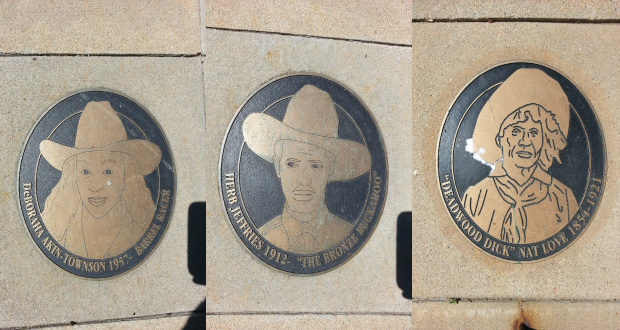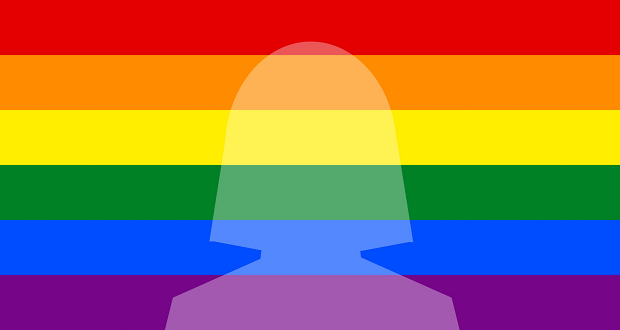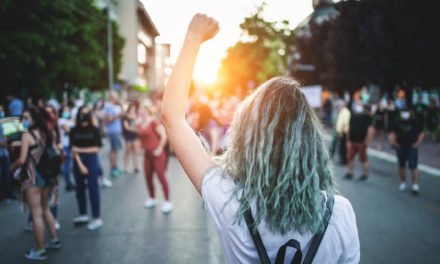
If you’ve never listened to Willie Nelson’s My Heroes Have Always Been Cowboys, you can check it out here. My mom is a die-hard Willie fan, so growing up I had no choice but to listen to his music. And now I’m also a huge fan. Like all artists, Willie’s music is about particular ideals and filled with a complex mix of cultural values.
His songs about cowboys are part of a long tradition of celebrating and idolizing rugged individualism, hyper-masculinity, and the adventurous American spirit. In American culture, our heroes have always been cowboys. But have they been heroes to everyone equally?
For the purposes of this post, I’ll leave the question of whether cowboys should be heroes at all for another time. But I do want to think about how cowboys have been portrayed and to whom their heroic qualities have been directed.
I recently visited Denver, CO for the first time and I stumbled upon the Black American West Museum. The exhibit is dedicated to telling the incredible story of Denver’s pioneering settlers–black cowboys (and girls). The West’s history is filled with stories of run-away-slaves, migrating freed blacks, and black Seminole American Indians who journeyed to build new lives for themselves among the vast plains and deserts of the American West. Many of the early black settlers were the first to help build some of the West’s most popular contemporary cities.
I left Denver several weeks ago, but the pictures and stories of black cowboys have stuck with me since. Then, and now, the images of black cowgirls and boys stand out as an anti-stereotype of the typically white American cowboy. I’m no expert of Western culture, but from the movies and music I’ve experienced, they have always been overwhelmingly white. This was a space dominated by white bodies and ideals. But the actual history of the West tells a different story.
Early black cowboys like Bill Pickett, are important because they challenge our embedded stereotypes about who is, and is not, capable of doing and being certain things. In his book, Who’s Afraid of Post-Blackness: What It Means to be Black Now, Tourè challenges rigid notions of racial identity that box people in to narrow ways of being. He suggests that we think about identity and race as fluid and complex. He tells stories of doing adventurous things (like skydiving) that people always told him were typically “white” activities. He describes how challenging racial stereotypes by experiencing new cultures freed him to explore new sides of his self –identity.
In a world where stereotypes have such a tight grip on our imaginations of ourselves, and how we imagine others, it is vital that we work to break them down in order to become more holistic and free. One way to do that is to celebrate examples of the counter-stereotypes all around us. Like the early black cowboys and cowgirls who embodied spaces and practices that were largely seen as “white only”, we should aim to counter the constraining stereotypes that threaten to limit our experiences and possibilities. My heroes have always been cowboys; but now they’re also black.



















Black Cowboys. John Ware, born in (iirc) South Carolina as a slave, went west to Texas where he found he was good with horses and cows, drifted north to Montana where he was a foreman, then to Canada where he ended up in the Milk River area owning a ranch. He died circa 1905. When the first Alberta Historical Society was founded in the Twenties the name was unanimously selected as “The John Ware Society”. Canadian author Grant MacEwan wrote a fine biography called, naturally, “John Ware’s Cow Country”.